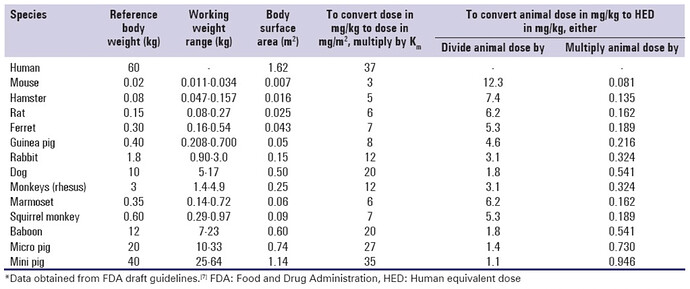Might I ask what underlying disease you have requiring both pulmonologist and nephrologist? If it’s scleroderma, you may react quite differently than others.
Still interesting to see any traditional doc recommending low dose rapa.
After a few years on Rapa, I developed lung fibroses (detected by X-ray), and was sent to a pulmonologist who pointed to Rapa as a culprit. I stopped Rapa, as he advised, and fibroses cleared without any medications after 4 months.
a new study show even intermittent use of rapamycin induce fibrosis in mice’s heart : https://www.sciencedirect.com/science/article/pii/S2212877824000334?via%3Dihub
Yes - at very high dosing, and they still did well overall.
See: Yes, the Dose Really Does Make the Poison (Skeptoid Blog)
From 6 months of age, male and female C3B6F1 hybrid mice were either continuously fed with 42 mg/kg rapamycin, or intermittently fed by alternating weekly feeding of 42 mg/kg rapamycin food with weekly control feeding.
Results
Chronic rapamycin treatment induced glucose intolerance, which was partially ameliorated by intermittent treatment. Chronic and intermittent rapamycin treatments increased lifespan equally in males, while in females chronic treatment resulted in slightly higher survival. The two treatments had equivalent effects on testicular degeneration, heart fibrosis and liver lipidosis. In males, the two treatment regimes led to a similar increase in motor coordination, heart rate and Q-T interval, and reduction in spleen weight, while in females, they equally reduced BAT inflammation and spleen weight and maintained heart rate and Q-T interval. However, other health parameters, including age related pathologies, were better prevented by continuous treatment.
Conclusions
Intermittent rapamycin treatment is effective in prolonging lifespan and reduces some side-effects of chronic treatment, but chronic treatment is more beneficial to healthspan.
So myocardial fibromyalgia is only a problem at extremely high doses of Rapamycin?
I’m not worried about it at my doses. It seems like at transplant patient levels (significantly higher than most of us are taking) it actually still seems associated with an alleviation of fibrosis, but I’m not a doctor:
Background
Myocardial fibrosis is an important contributor for development of diastolic dysfunction. We investigated the impact of sirolimus as primary immunosuppression on diastolic dysfunction and fibrosis progression among heart transplantation recipients.
Conclusions
Early conversion to sirolimus is associated with improvement in diastolic dysfunction and filling pressures as compared with CNI therapy. Whether this could be attributed to attenuation of myocardial fibrosis progression with sirolimus treatment warrants further investigation.
That’s all I wanted to hear. Thanks.
There is no debate that rapamycin does more good than bad. However heart fibrosis increased is still a concern to me.
If you are concerned, please continue to do research on the topic and post anything you find - positive or negative on this issue. I think it is of interest to look at the dose levels that this issue is seen in other model organisms.
From this document:
I think daily dosing in mice is roughly equivalent to about once every 4 days or so in human terms given the speed that mice metabolize rapamycin is about 4 times faster.
| Sirolimus Dose |
Mouse mg/kg/day Dose |
Mouse: Blood/Sirolimus Level |
Human mg/kg/day Dose |
Dose for 60kg Human | Daily Dose adjusted for longer half-life (/4) |
|---|---|---|---|---|---|
| 4.7ppm | ∼2.24 | 3 to 4 ng/mL | 0.182 mg/kg | 10.92 mg | 2.73 mg |
| 14ppm | ~6.67 | 9-16 ng/mL | 0.542 mg/kg | 32.54 mg | 8.135 mg |
| 42ppm | ~20 | 23-80 ng/mL | 1.626 mg/kg | 97.56 mg | 24.39 mg |
| 126ppm | ~60 | 4.878 mg/kg | 292.68 mg | 73.17 mg | |
| 378ppm | ~180 | 45 to 1800 ng/mL | 14.634 mg/kg | 878.04 mg | 218 mg |
| Sirolimus Dose |
mg/kg/day Dose |
Blood/Sirolimus Level |
Male Median LS Increase | Female Median LS Increase | |
| 4.7ppm | ∼2.24 | 3 to 4 ng/mL | 3% | 16% | |
| 14ppm | ~6.67 | 9-16 ng/mL | 13% | 21% | |
| 42ppm | ~20 | 23-80 ng/mL | 23% | 26% |
Based on the FDA animal to human dosing conversion guide here.
Note: ½ life for sirolimus in mice is approx. 15 hours, vs. approx. 62 hours in humans. So, mice metabolize sirolimus approximately 4 times faster than humans.
